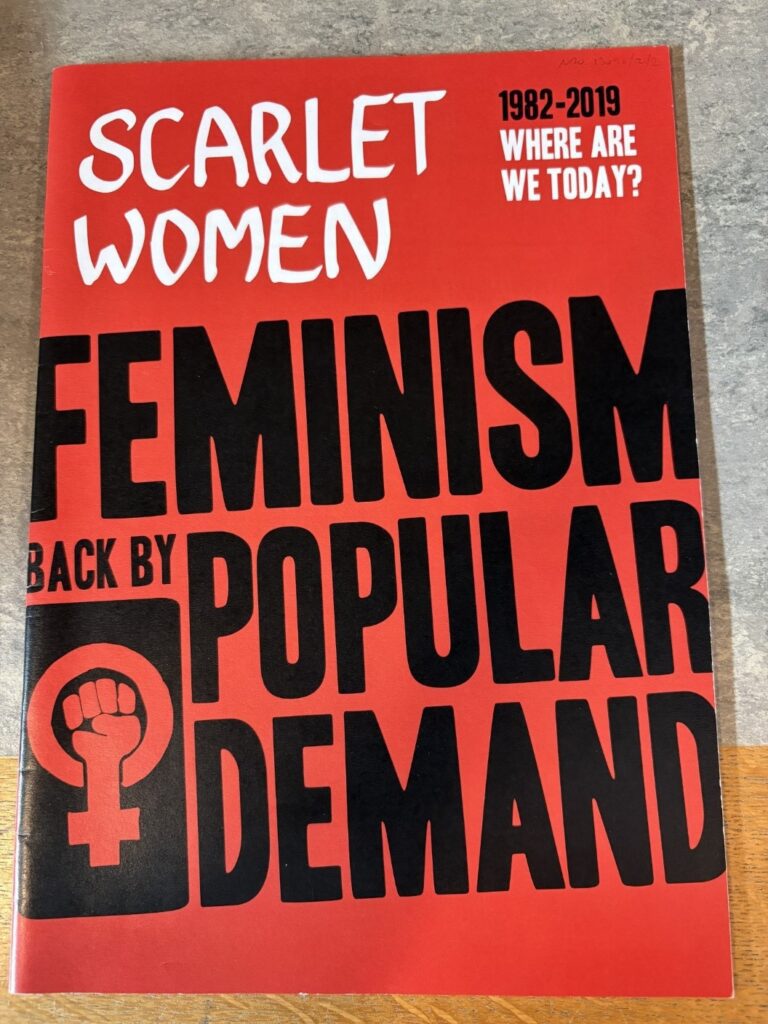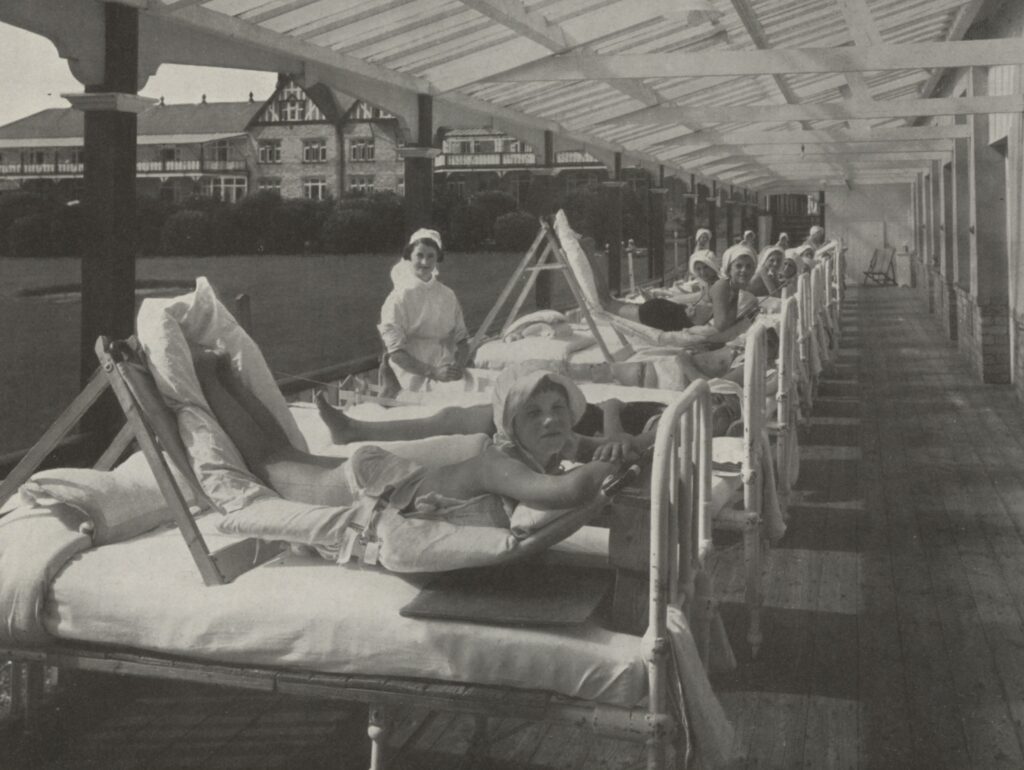I have recently begun some work to catalogue a four-box collection of papers relating to the Phipps family of Barmoor (NRO 2372). The documents mostly relate to the life and occupations of Samuel Phipps, who held the Barmoor estate from the mid-eighteenth century until his death in 1791. Samuel did not leave any direct heirs and so following his decease, the land passed to his second cousin, Francis Sitwell, who in turn left it to his second son, also named Francis, the land and manor of Barmoor then descended with the Sitwell family.
Not much is known about Samuel Phipps, except that he held extensive lands, spanning Northumberland, Yorkshire, and Derbyshire. He was mostly based in High Green, near Sheffield, and Lincoln’s Inn, Middlesex, where his business was based, though there is evidence in these documents that he at least visited his other estates. Phipps worked as an attorney, and evidently, he was quite prosperous, as he made many purchases of land in his lifetime, including Ferney Hall in Lincolnshire and of course Barmoor estate.
Beyond this, Samuel Phipps is a bit of a mystery, and our initial research has not yielded much information about his life or his work. This has of course piqued our interest and it is hoped that we will be able to reveal more about him as we work through the collection.
At this point in the project, I have only conducted an initial search and brief listing of the boxes to give me an idea of what sort of material is in the collection. If you look at the above image, you’ll see several bundles of documents and correspondence, which should all help in the quest to find out more about Samuel and his family as this project goes on. Correspondence can be especially useful in understanding the history of a family. Letters include addresses, which allow us to work out where our individual was based, they contain dates, so we can establish a timeline, and crucially, they include firsthand accounts from either the man himself, or from those directly contacting him. The correspondence and accounts we have in this collection are of the ‘business-kind’, so will not give us much insight into Samuel’s personality or direct family life, but we may get more of an understanding of Samuel Phipps, the business man, as we progress. His accounts and expenditure may also give us some insight into his connections – who was he paying and why? Are his expenses for business, entertainment, family or all of the above?
I will continue to note these early findings as I progress through this project, so please do keep an eye on this blog. Hopefully by the end of this project, I will be able to form a clearer picture of who exactly Samuel Phipps was.
Beth Elliott, Project Archivist.





